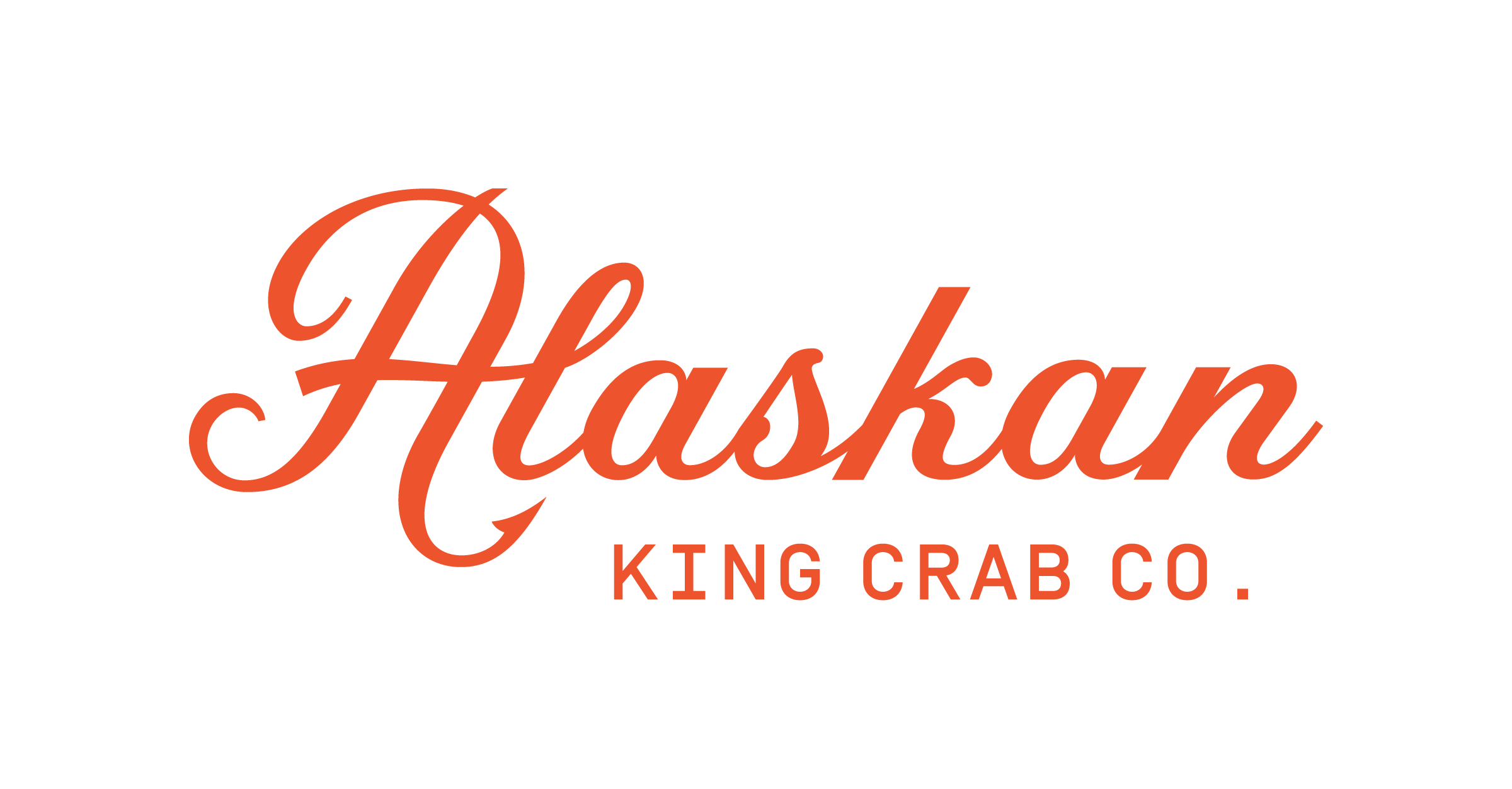Types of Crabs to eat
As any true crab connoisseur knows: not all types of edible crab are created equally. The differences in size, origin, texture, and flavor can make a huge impact on the overall eating experience – so it’s crucial to know what to expect before you order. Of course, not everyone has the same favorite, and your choice of crab may vary based on taste preferences and dining context. For example, certain varieties are better for integrating into dinner recipes, while others should be enjoyed right off the claw. For any seafood lovers out there – it’s important to know these distinctions when making your choice.
That’s why we’ve rounded up seven of the most popular varieties of edible crab and broken down the characteristics that may affect your purchasing decision. Read on to learn more about Snow crab, Dungeness crab, King crab, Stone crab, Jonah crab, Softshell crab and Blue crab.
Snow Crab
Earning its name from the bright white meat it produces when cooked, Snow crab is most commonly sourced from the east coast of the United States, though it can also be found in the Pacific Ocean. Known for their long spindly legs, Snow crab meat is generally more firm and slightly less sweet than other crab varieties. Many crab lovers enjoy eating Snow crab legs because their shells can be easily broken apart by hand — no claw cutters required.
Dungeness Crab
Found along the Pacific Coast of the U.S., Dungeness crabs are one of the most abundant varieties on the market. Often brown or purple in color, these crabs are larger than many common varieties (like Blue crab), but have much shorter legs than most of the largest varieties (like Snow or King crab). In fact, in order to catch and sell Dungeness crabs, their bodies must measure at least 6.5 inches.
King Crab
Weighing in at up to 25 pounds, there’s a reason this variety is hailed as “king”! The largest concentration of King crab is found in Alaskan waters, where at least 18 species are currently known to exist, including golden, red and blue King crab. Prized all over the world for their monstrous legs and sweet, tender meat – King crab outshines the rest of the pack with unparalleled size, taste and texture. The meat also isn’t nearly as fibrous as other varieties, meaning it doesn’t “shred” apart when picked.
Stone Crab
Primarily sourced from Florida, Stone crabs are unique because only their thick, squat legs are eaten. In fact, since Stone crabs can regenerate new legs within 18 months, fishermen remove the claws and toss them back. While the legs are shorter than many other crabs prized for their claw meat, they are thick, producing firm, sweet meat.
Jonah Crab
Praised for its melt-in-your-mouth meat, Jonah Crab is similar to its deep-sea relative, the Dungeness crab, but slightly smaller. However, what this variety lacks in size, it makes up for in sweet, delicate flavor. When properly sourced along the Eastern Seaboard, Jonah crabs are a delectable sustainable option year-round with a similar diet to lobsters.
Blue Crab
Aptly named, these crabs have bright blue claws and are primarily found near the eastern shore of Maryland. Chances are, if you’ve purchased Lump crab from the store or eaten restaurant crab cakes and crab bisque, what you’ve been eating is Blue crab.
Softshell Crab
While this particular variety might differ completely from the other hard-shelled crabs on this list, Soft Shell crabs are actually Blue crabs that have molted their shell in favor of growing a larger one. Caught during the molten process, these tender-bodied crabs can then be eaten whole. Pro tip: keep this fact in your back pocket for the next trivia match!
With unique appearances, flavors, preparation methods and sizes, each variety of edible crab brings something different (and usually, delicious) to the table. While it’s difficult to dispute the superiority of some types of crab to others… the choice is ultimately a personal preference. So, tell us: what’s your favorite?





